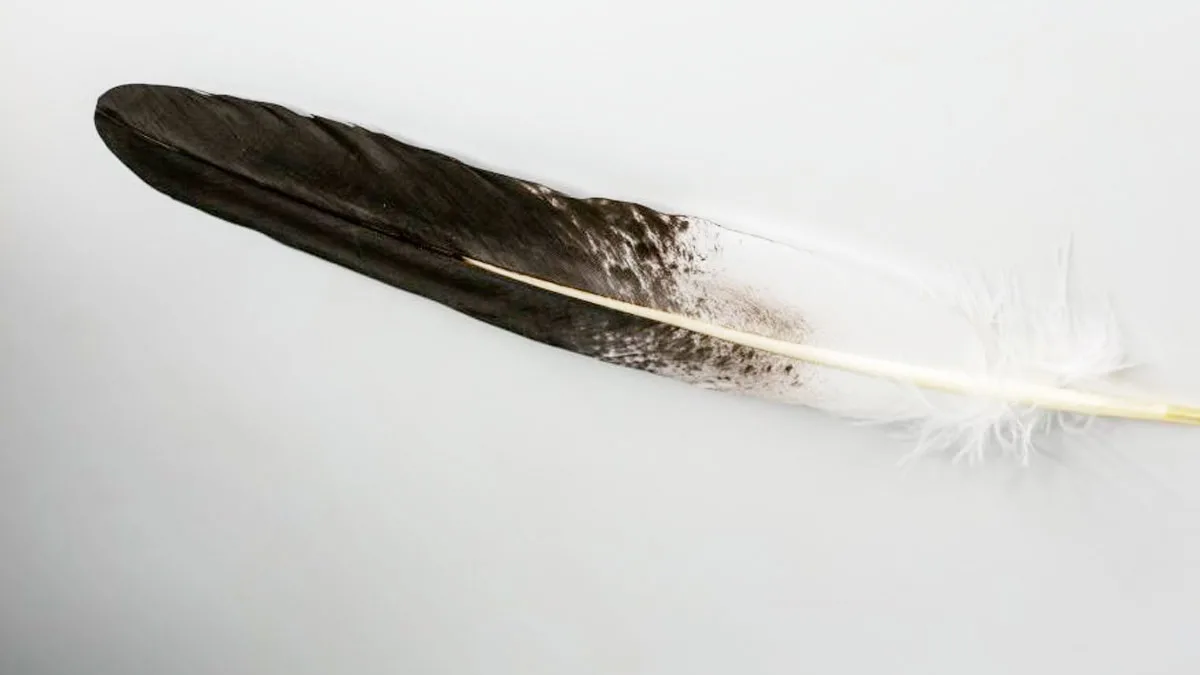In the mosaic of United States wildlife conservation laws, the legal status of possessing a bald eagle feather stands as a subject of both reverence and stringent regulation. The bald eagle, once teetering on the brink of extinction, has soared back to stability, thanks in part to vigorous legal protections. This article navigates the complexities surrounding the possession of bald eagle feathers, shedding light on the legalities, exceptions, and the cultural significance behind these regulations.
The Bald and Golden Eagle Protection Act
At the heart of the matter is the Bald and Golden Eagle Protection Act (BGEPA), enacted in 1940 and subsequently amended, which prohibits the possession, sale, purchase, or transport of bald or golden eagle parts, including feathers, without a permit.
Key Provisions:
The act makes it illegal to “take, possess, sell, purchase, barter, offer to sell, purchase or barter, transport, export or import, at any time or any manner, any bald eagle… alive or dead, or any part, nest, or egg thereof.”
Cultural Exemption for Native Americans
Recognizing the deep spiritual and cultural significance of eagle feathers to Native American tribes, the law includes a provision for an exemption. Enrolled members of federally recognized tribes are permitted to apply for a permit to possess bald eagle feathers for religious and cultural purposes.
Application Process:
- Applicants must demonstrate their enrollment in a federally recognized tribe.
- Feathers are distributed to Native Americans through the National Eagle Repository, which collects eagles that have died naturally or through accidental causes.
Penalties for Unauthorized Possession
The penalties for violating the BGEPA can be severe, reflecting the seriousness with which the U.S. government views the protection of these symbolic birds.
- Individuals found guilty of violating the Act can face fines up to $100,000, one year in jail, or both for a first offense.
- Organizations can be fined as much as $200,000.
Legal Exceptions and Permits
In addition to the exemption for Native Americans, the law provides for certain other exceptions and permits for the possession of eagle feathers:
- Scientific and Educational Purposes: Institutions may obtain permits for the use of eagle parts in scientific research or for educational purposes.
- Found Feathers: The U.S. Fish and Wildlife Service (USFWS) guidelines suggest that while the accidental finding of an eagle feather should prompt its surrender to USFWS, the act of merely finding a feather is not intended to be punishable.
Conclusion
The possession of a bald eagle feather, deeply embedded in the fabric of U.S. wildlife law, is illegal for the general public due to the protective measures enshrined in the Bald and Golden Eagle Protection Act. Exceptions exist for Native Americans and certain permitted activities, underscoring a balance between reverence for cultural practices and the imperative of conservation. The eagle, as a symbol of the nation’s freedom and strength, enjoys protections that reflect its significance to the American identity and heritage.
References:
- Bald and Golden Eagle Protection Act: https://www.fws.gov/laws/lawsdigest/baldegl.html
- National Eagle Repository: https://www.fws.gov/eaglerepository/









Leave a Reply